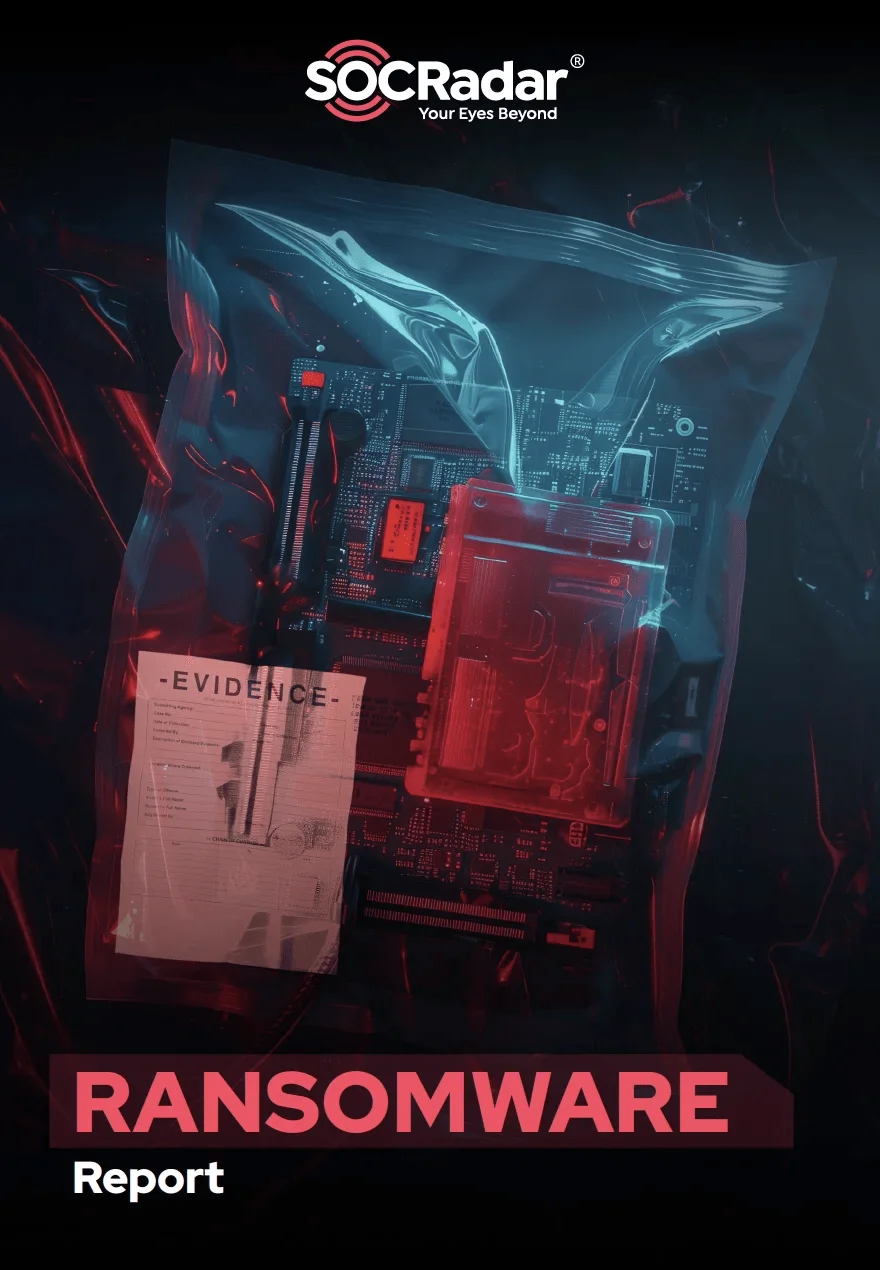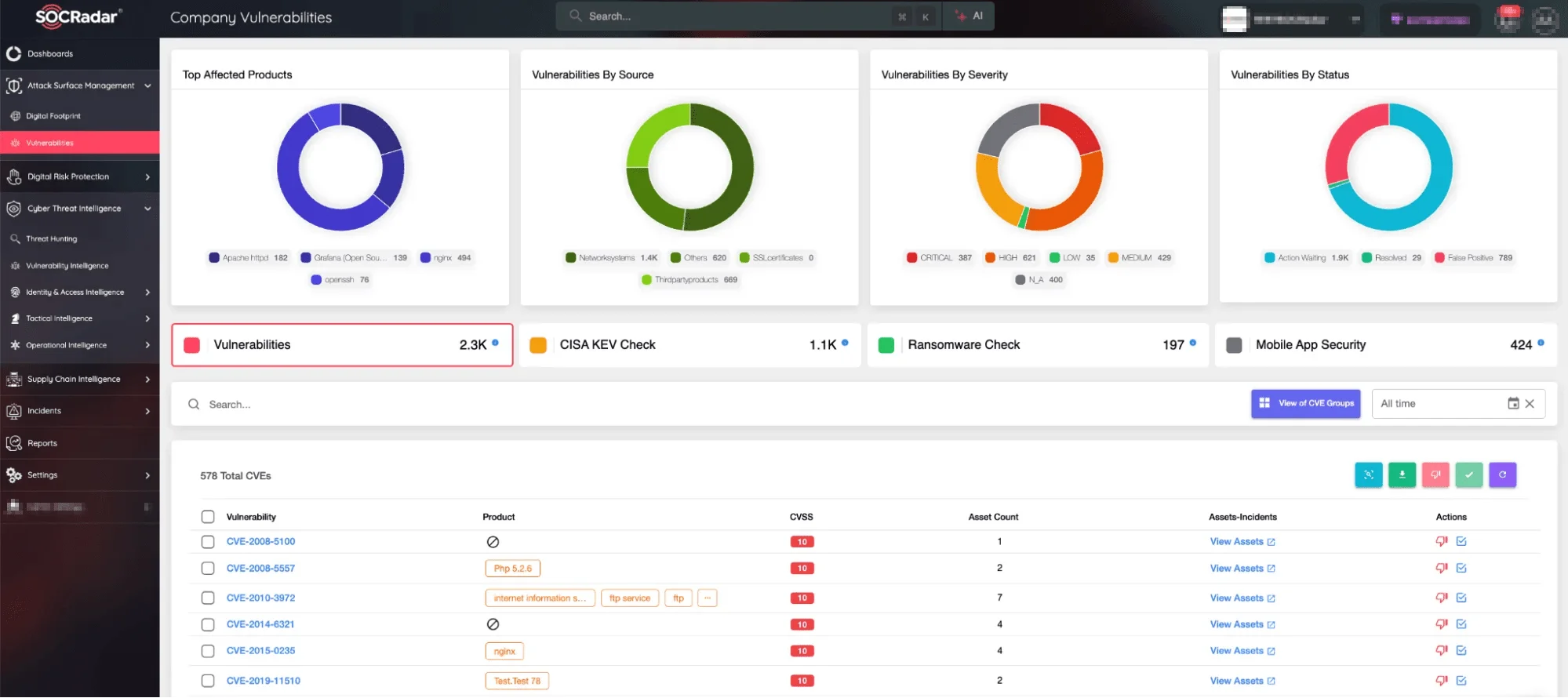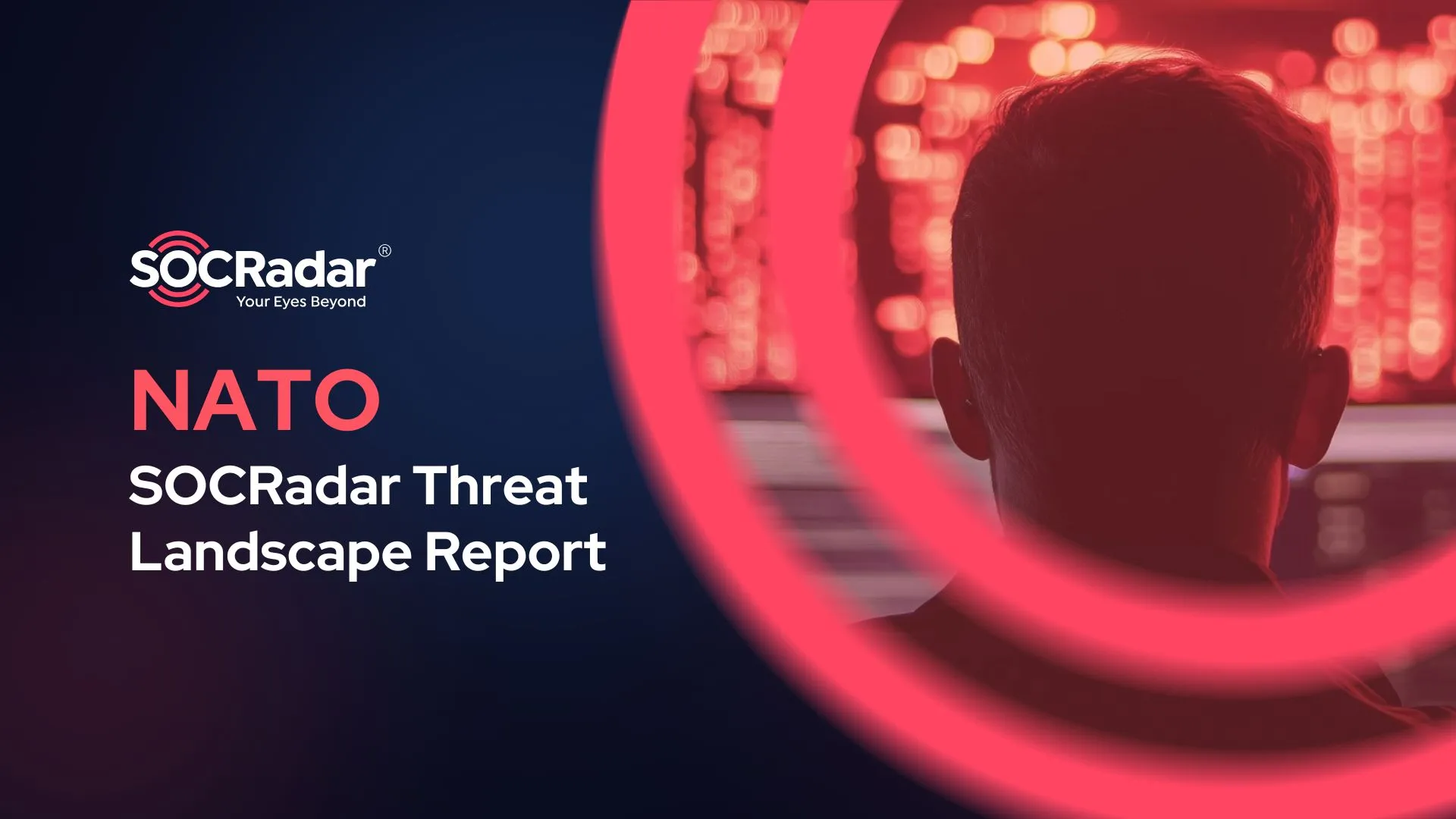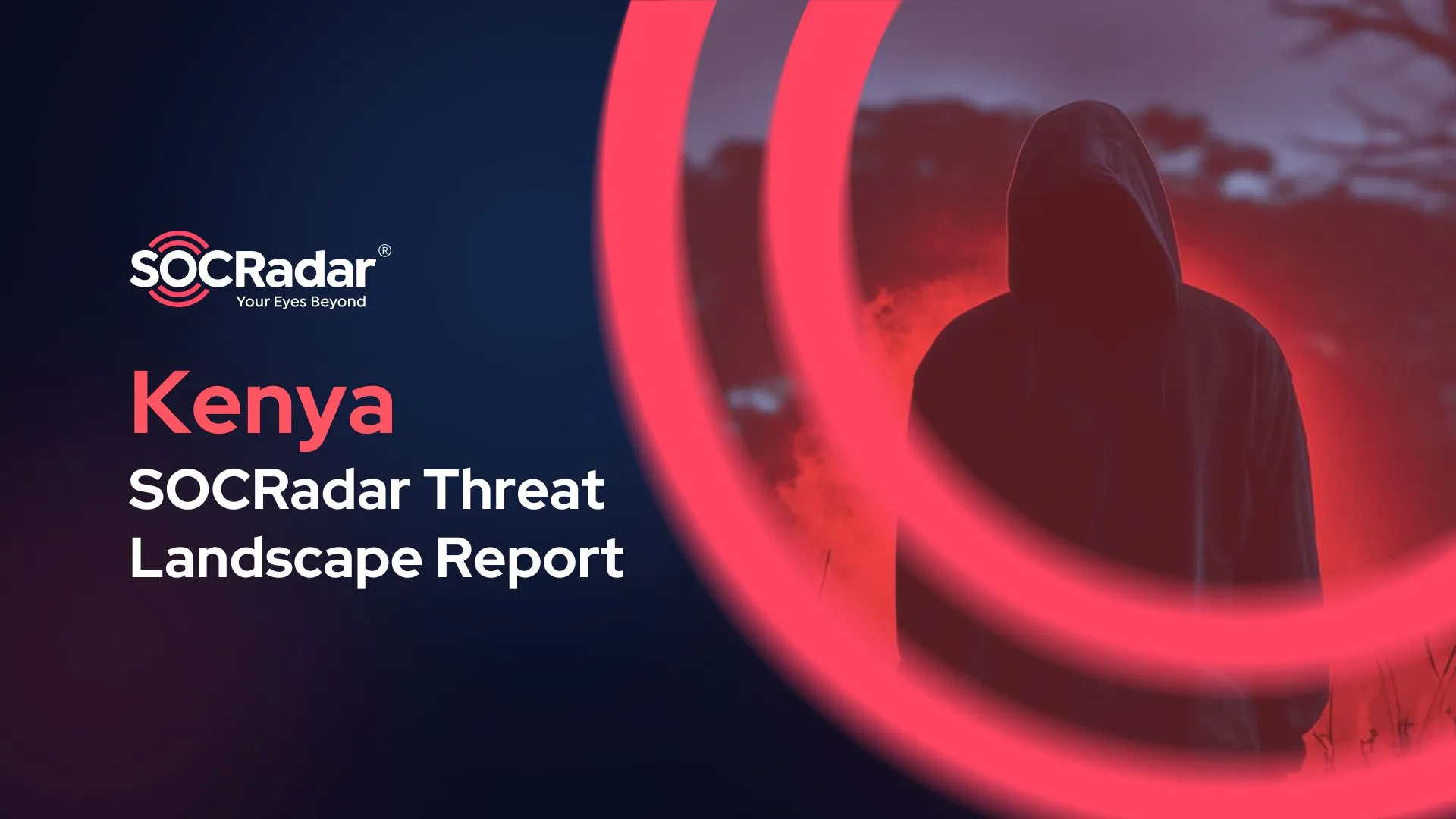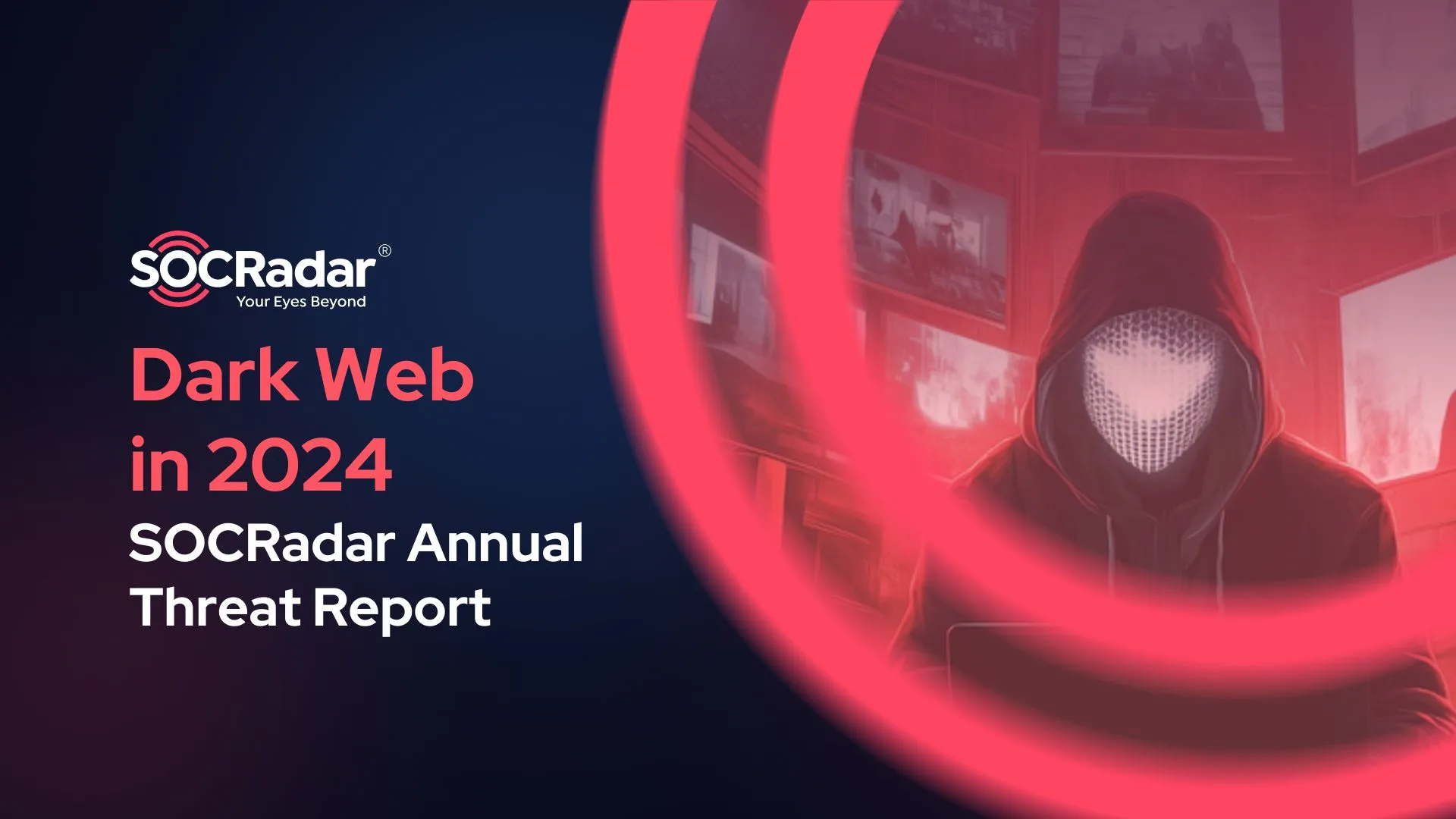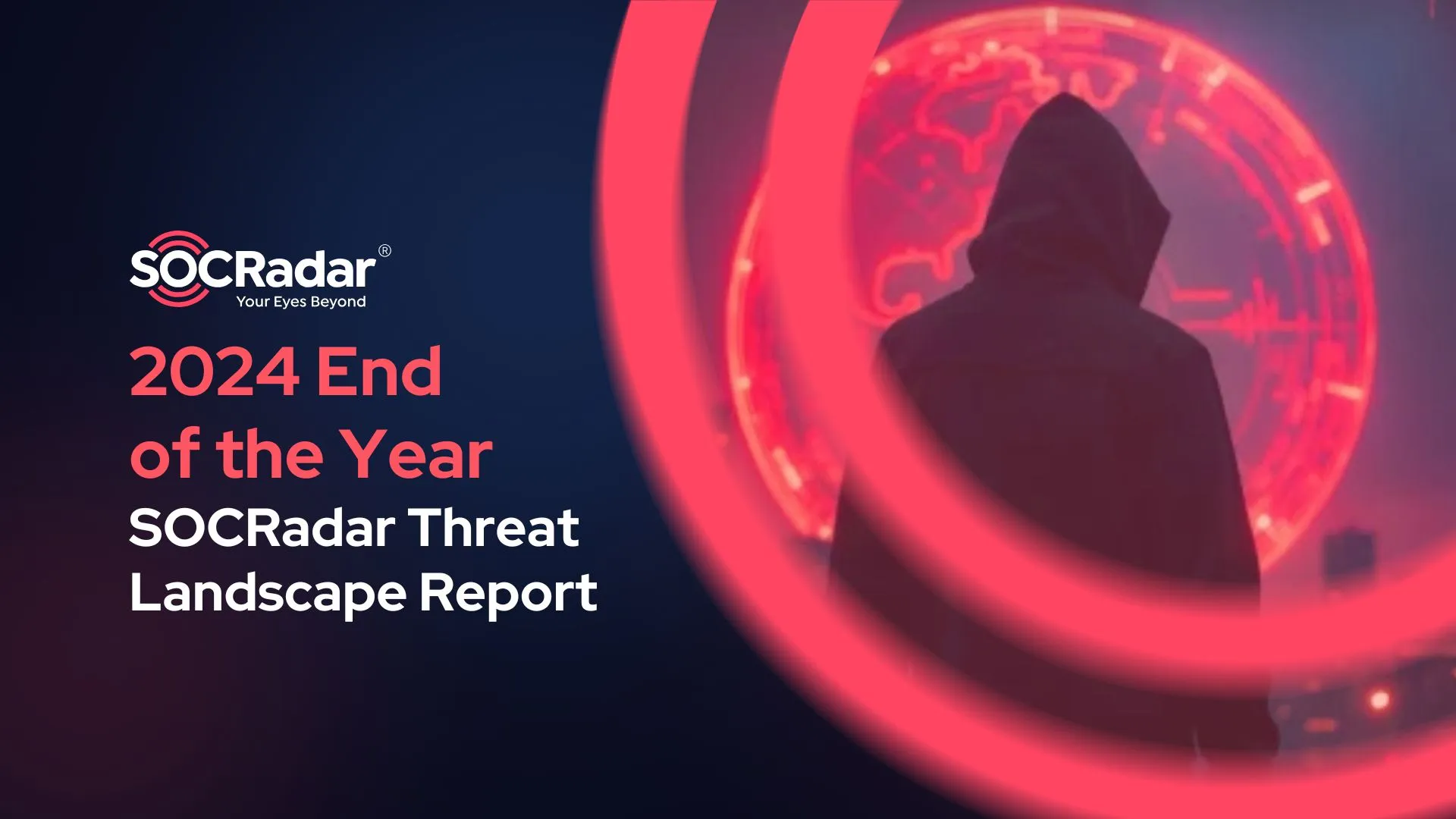
Global Ransomware Chronicles: Key Trends for Professionals
Ransomware remains one of the most formidable cyber threats today, evolving in both sophistication and scale. What once started as opportunistic attacks against individuals has now transformed into a multi-billion-dollar criminal enterprise targeting critical infrastructure, governments, and Fortune 500 companies. With ransom demands soaring and new extortion tactics emerging, organizations must stay ahead of the latest trends and statistics to strengthen their defenses.
In SOCRadar’s Global Ransomware report, we break down the most significant ransomware statistics, offering a data-driven perspective on attack frequency, ransom demands, industries at risk, and emerging tactics. These numbers not only highlight the growing threat landscape but also provide key insights into how businesses can fortify their cybersecurity posture in the face of relentless adversaries.
Explore SOCRadar’s Ransomware Intelligence module and gain comprehensive insights with detailed group profiles, MITRE Visualizer, and actionable IOCs. These insights will empower you to stay ahead of evolving threats and enhance your cybersecurity strategy.
Ransomware Statistics
Financial Statistics
- Global ransomware-related damages are projected to surpass $275 billion by 2031.
- In 2024, the average cost for an organization to recover from a ransomware attack reached $2.73 million.
- By mid-2024, ransomware payments made in cryptocurrency had already totaled nearly $460 million.
- 2024 also marked a new record for ransomware payouts, with the largest single payment — approximately $75 million — made to the Dark Angels ransomware group.
- The likelihood of falling victim to a ransomware attack generally rises with company size. In 2024, organizations with over $5 billion in revenue experienced the highest attack rate at 67%. Even smaller businesses weren’t spared, with 47% of organizations generating less than $10 million in revenue reporting attacks during the year.
The biggest threats are the ones you don’t know. You can check SOCRadar’s Global Ransomware Report and find out about the latest tactics of threat actors and trends in the ransomware threat landscape. This way, your organization can avoid becoming part of the statistics.
Incident Volume Statistics
- A recent Gen Threat Report revealed that ransomware attacks spiked by 50% in the final quarter of 2024, following an earlier 100% increase in the preceding three months.
- Meanwhile, Black Fog estimated that in June 2024, the number of unreported ransomware incidents was 774% higher than the official figures — suggesting that for every reported attack, at least seven more went unreported. This underscores the widespread nature of the threat, despite progress in incident reporting.
- According to Ransomware.org’s 2024 State of Ransomware report, just 48% of surveyed organizations believed they were prepared to handle a ransomware incident. Additionally, 46% reported having incident response teams of five people or fewer.
- By the end of 2024, 65% of financial organizations globally had experienced at least one ransomware attack.
- SOCRadar Ransomware Module detected approximately 11 thousand ransomware claims from approximately 230 threat actors. That is around 47 claims per threat actor, or 30 claims per day.
- In 12 months, between April 1, 2024 and April 1, 2025, SOCRadar detected 11,219 ransomware incidents.
Transform your cyber defense with SOCRadar’s Vulnerability Detection service. Experience unparalleled vigilance in safeguarding your digital assets.
Industrial and Geographical Statistics
- The five industries reporting the highest number of ransomware attacks in 2024 were:
- Manufacturing
- Finance
- Service
- Retail
- Food and Beverage
- In 2024, 59% of organizations experienced a ransomware attack — a slight but positive decrease from the 66% reported in both 2022 and 2023.
- France recorded the highest incidence of ransomware attacks in 2024, with 74% of organizations reporting an incident, followed by South Africa at 69% and Italy at 68%.
- Ransomware attack rates remained relatively consistent across sectors, with 60% to 68% of organizations hit in 11 of the 15 industries surveyed. Notably, state and local government agencies (34%) and the retail sector (45%) saw significantly lower attack rates, with fewer than half of respondents reporting incidents.
- The media, leisure, and entertainment sector reported the highest rate of ransom payments to recover data, at 69%. This industry also showed one of the strongest backup adoption rates, with 74% of organizations relying on backups for recovery.
Threat Actor Statistics
- According to SOCRadar’s Ransomware Intelligence module, the most active threat actors this year were RansomHub, Akira Ransomware and Medusa.
- 2024 was shaping up to be LockBit’s most successful year yet — until the FBI seized 7,000 of its encryption keys.
- In 2024, exploited vulnerabilities were the most common ransomware attack method, responsible for 32% of incidents. Compromised credentials followed closely at 29%, with malicious emails accounting for 23%.
- Over the past year, 70% of ransomware attacks resulted in data encryption. While still alarmingly high, this marks a slight drop from the 76% encryption rate recorded in 2023.
- Attackers aren’t just locking up data — they’re stealing it too. In 32% of cases where data was encrypted, files were also exfiltrated, edging up from 30% the year before.
SOCRadar’s Advanced Dark Web Monitoring equips organizations with vital insights into hidden threats targeting key industries such as finance, insurance, and information technology, which have faced significant risks over the past year. By providing real-time monitoring of underground chatter and sensitive data exposure, SOCRadar empowers proactive defenses against Dark Web threats.
Conclusion
The ransomware threat landscape is more dynamic than ever, with cybercriminals continuously refining their methods to maximize impact. The statistics we’ve explored underscore a harsh reality—no industry is immune, and reactive security is no longer sufficient. Organizations must adopt a proactive, intelligence-driven approach that includes advanced threat detection, incident response readiness, and robust backup strategies.
As ransomware groups leverage double extortion, Ransomware-as-a-Service (RaaS), and AI-driven attack techniques, cybersecurity teams must stay ahead with actionable intelligence and continuous vigilance. The data speaks for itself: the cost of inaction is far greater than the investment in resilience. Now is the time to reinforce cybersecurity defenses and ensure that your organization doesn’t become the next headline.






























